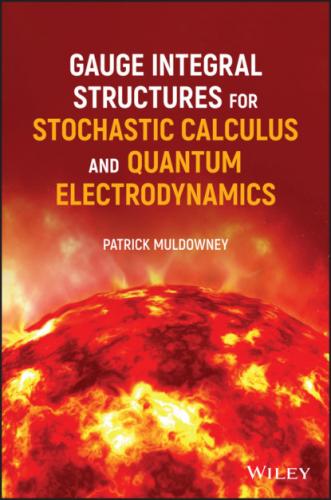the sum being taken over all 16 values (including duplicate values) of total gain
When duplicate values are combined, there are 12 distinct outcomes for
To find the expected value of
There are many ways in which a sample space
because the integral in (2.7) reduces to the sum in (2.6.
Now suppose that, at times
and suppose, as before, that Up or Down transitions are independent of each other; so, for instance, the joint transition sequence U‐D‐D‐U (and the corresponding
with similar probability calculations for each of the other 15 transition paths and their corresponding
The 16 outcomes (including replicated outcomes) for accumulated gain
(2.8)
Both calculations reduce to the same finite sum of terms. It is seen here that the new probability distribution, favouring Up transitions, produces an overall net gain in wealth through the policy of acquiring shares on an up‐tick, while not shedding shares on a down‐tick—the “optimistic” policy, in other words.
If the joint transition probabilities
are not independent, then, provided the dependencies between the various transitions and events are known, it is still possible to calculate all the relevant joint probabilities. But generally this is not so simple as the rule (of multiplying the component probabilities) that obtains when the joint occurrences are independent of each other.
A key step in the analysis is the construction of the probabilities for the values
(2.9)
